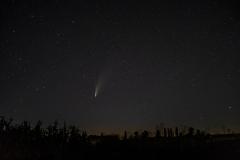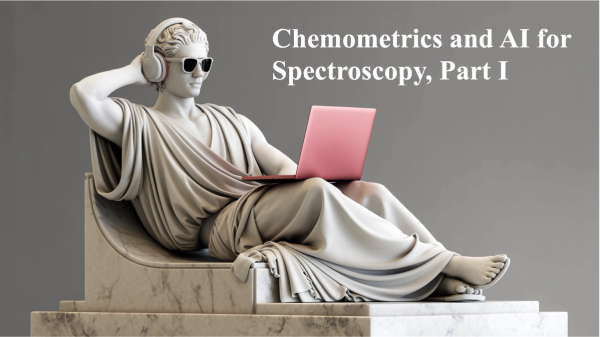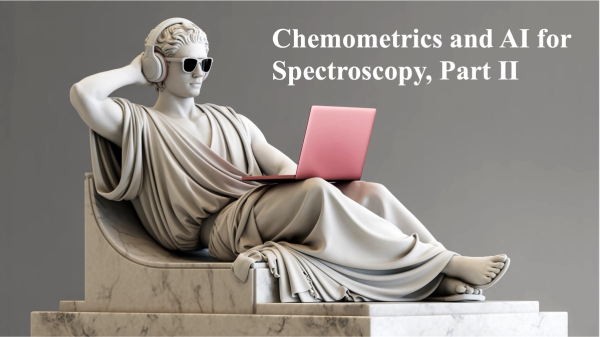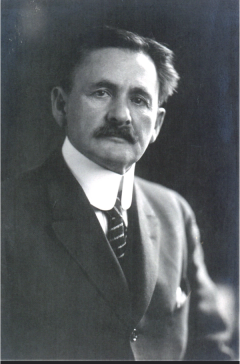
Spectroscopy
over 6 years ago
How to Choose the Correct Wavelength in ICP-OESLatest Content

Shorts

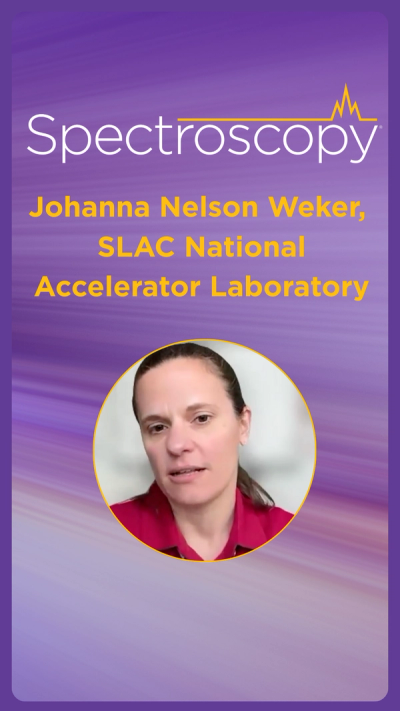






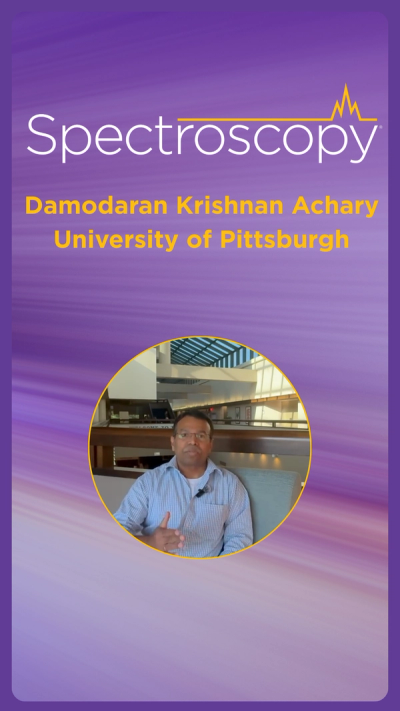

Podcasts
Videos
All Content
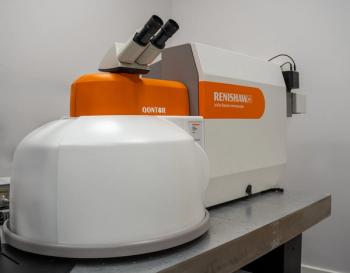
In a recent press release, Renishaw unveils TRRS technology, revolutionizing Raman spectroscopy by overcoming fluorescence challenges for accurate analysis of complex samples.

A study published in the Journal of Raman Spectroscopy reports the detection of polyethylene, PET, and nylon microplastics in Greece’s remote Dragon Lake on Mt. Tymfi.
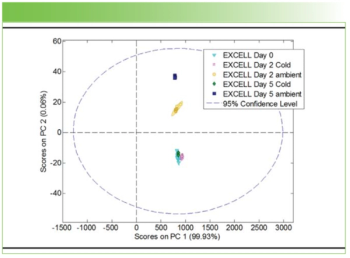
In this "Molecular Spectroscopy Workbench" column, a new spectroscopy, called A-TEEM, is explored.

A recent study from researchers in Indonesia and Taiwan demonstrates that tourism intensity on Gili Trawangan Island is strongly linked to higher microplastic contamination in coastal waters, sediments, and fish, highlighting the need for targeted waste management and sustainable tourism policies to protect vulnerable island ecosystems.
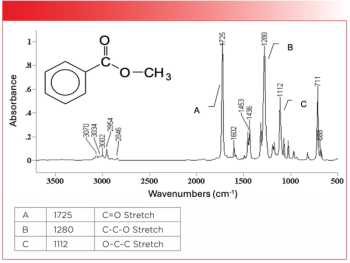
In this part of our ongoing review of the infrared spectra of carbonyl-containing functional groups, we will study the spectra of esters and carbonates. Esters are ubiquitous in our food and medicines, and polymeric carbonates form an important part of the materials around us. As always, concepts will be illustrated with reference spectra.

Discover how LIBS revolutionizes forensic science by enabling rapid, precise bone identification, overcoming challenges of traditional methods with advanced AI classification.

Spectroscopy is rapidly evolving, and professionals who build expertise in AI-driven analytics, automation, and high-demand sectors like pharma, biotech, and materials science will be best positioned to advance their careers despite industry-wide talent and budget challenges.

In 2025, the vibrational-spectroscopy community saw a convergence of deep learning, advanced simulation, and portable instrumentation that materially changed how spectra are interpreted and applied. Breakthroughs in spectrum-to-structure models, machine learning (ML)-accelerated molecular dynamics, and field-deployable classic Raman, near-infrared (NIR), and surface-enhanced Raman spectroscopy (SERS) sensors pushed vibrational techniques from complex laboratory characterization toward automated structure elucidation, rapid analysis, and real-world sample sensing (1–6,9). This summary article highlights key 2025 contributions and their implications for the year of discovery.

A recent study provides a detailed introduction to uniform manifold approximation and projection (UMAP) for analyzing LA-ICP-TOF-MS data. By converting high-dimensional MSI data into two-dimensional spaces, UMAP facilitates automated visualization to identify spectral clusters. Spectroscopy spoke to the paper’s lead author, Katharina Kronenberg of the University of Graz, about her group’s work.

A proposed update to United States Pharmacopoeia (USP) <1029> was published in July 2025 for industry comment. What’s changed and are the changes significant?

Top articles published this week include interviews with Paolo Oliveri of the University of Genoa (Italy) and Maryam Shakiba and Santiago Marin of the University of Colorado Boulder, and an inside look at vibrational spectroscopy trends.

Discover a cost-effective method for analyzing electrolyte elements in sports drinks using microwave plasma atomic emission spectroscopy, enhancing quality control and accuracy.

A new study from Heilongjiang Bayi Agricultural University introduces a high-accuracy, explainable deep learning model that significantly improves nondestructive nitrogen and chlorophyll estimation in maize canopies using hyperspectral data.

In this edition of “Inside the Laboratory,” Maryam Shakiba and Santiago Marin of the University of Colorado Boulder discuss the findings of their latest paper, which provides a predictive framework for understanding and forecasting long-term thermo-oxidative degradation in polyimides.

In this short feature, we highlight how the Sharjah Academy of Astronomy, Space Sciences, and Technology (SAASST) are using techniques such as XRF, XRD, SEM-EDS, and Raman tests to determine the mineral composition of meteorites.














